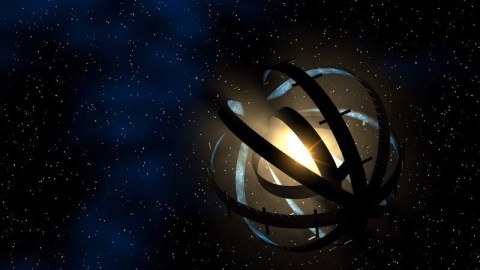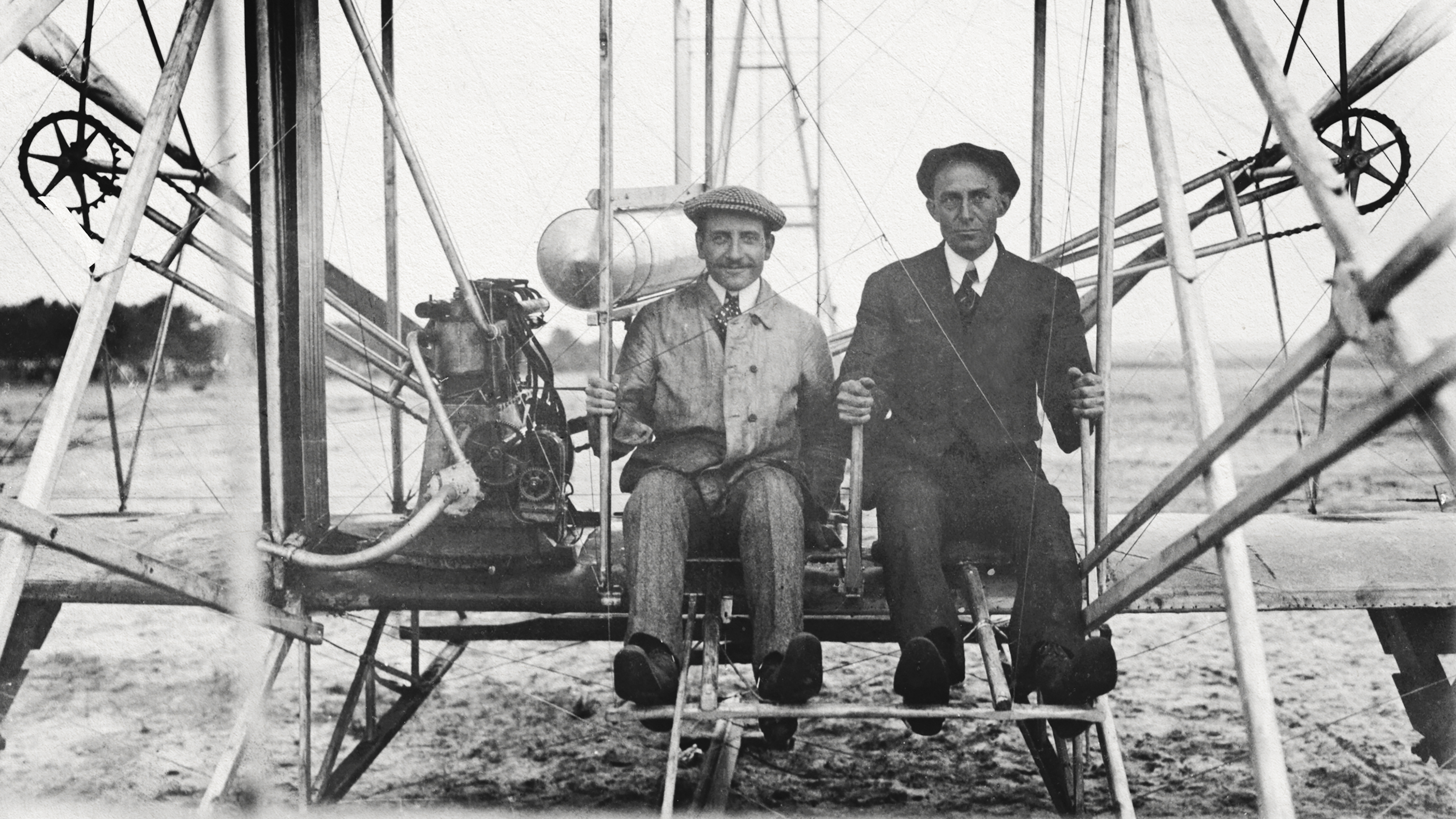Scientist figures out how to move our sun to avoid space collisions

Credit: CapnHack, via energyphysics.wikispaces.com.
- An astrophysicist proposes two new designs for stellar engines.
- The engines would be able to move our sun and whole solar systems.
- Moving the sun would be necessary to avoid collisions with supernovas and other space catastrophes.
Advancing space travel generally involves building more powerful and efficient engines for space vehicles like rockets or shuttles. But what if instead of an individual spacecraft, you took our whole solar system on a ride through the galaxy by moving the sun? Such is the not-too-modest proposal of nuclear astrophysicist Matthew Caplan from Illinois State University. He published his designs for stellar engines in the December 2019 issue of the peer-reviewed journal Acta Astronautica.
In the paper, Caplan envisions two stellar engine designs, with one of them based on the idea of encapsulating the sun in a megastructure that would take advantage of its energy. Another engine would make use of a giant sail to move the solar system by about 50 light years during the course of a million years.
Why would anyone even want to do this? One big reason would be to move the solar system if we’re anticipating running into a mega-explosion from a supernova or some such cataclysmic scenario. Of course, we’d need to be way more ahead technologically for any such endeavor.
If you were to be moving the solar system, the convenient thing is that theoretically everything inside it would move along at the same time. Being pulled by the sun’s gravity would keep the contents of the system in consistent orbit.
One of the stellar engine designs involves a thin mirror-like solar sail, like the “Shkladov thruster”. The reflective material would be thinner than a red blood cell. The sail would be positioned over the poles of the sun and would not be orbiting. It would be important to install it in such a way that it won’t interfere with the Earth’s temperature. This would also affect the direction in which we’d be steering the solar system.
How a Supernova Could Nuke Us
A nearby star system may “go supernova”.
Thrust for the sail design would be created by solar radiation reflecting onto the mega-mirror. This is definitely not the fastest way to travel, with the sun being pushed along at the rate of 100 light-year in 230 million years. That’s actually not fast enough to get out of the way of a supernova explosion, admits Caplan.
What would work better is a speedier “active” thruster, called the “Caplan thruster” by Kurzgesagt, which initially approached Caplan to design such engines. It would be propelled by thermonuclear blasts of photon particles. This thruster is a modified version of the “Bussard ramjet,” conceptualized in the 1960s, which works on fusion energy. The engine would need millions of tons of fuel per second to function, creating fusion from matter it collects in the solar wind by utilizing a giant electromagnetic field. More energy would also be gathered by a Dyson sphere megastructure, built around the sun.
Caplan imagines the engine having two jets, with one using hydrogen pointed at the sun, to prevent colliding with it, and another, employing helium, directed away from the star. This would cause net momentum, like from a tug boat, and move the thruster forward.
The astrophysicist calculates this type of thruster would be fast enough to escape a supernova. It could also redirect the galactic orbit of our solar system in as little as 10 million years.
“A stellar engine produces a small net acceleration of the star, not large enough to disrupt the planetary system on short timescales, but sufficiently large to deflect the star and planetary system in its galactic orbit by many light-years given millions of years,” wrote Caplan in the paper.
If it appears that talking about millions of years is impractical and too long a stretch of time, keep in mind that a different time scale applies in space and what is being proposed is for much more accomplished civilizations than ours. Caplan thinks “a catastrophe such as a supernova could likely be predicted millions of years in advance, at a minimum, for an advanced civilization with detailed understanding of star formation and the supernova mechanism.”
How to Move the Sun: Stellar Engines
Check out the explanatory video from Kurzgesagt for more information.





